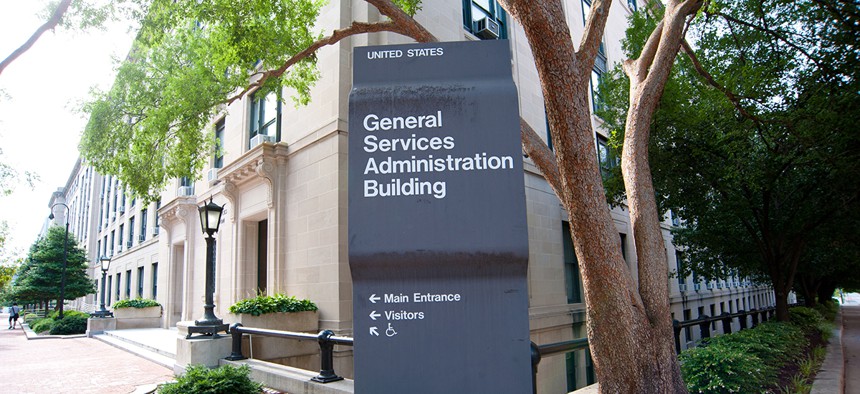GSA Officials on Increased Bid Protests: 'This is How It’s Going to Be'

Rena Schild/Shutterstock.com
Expect and plan for bid protests so agency missions aren't disrupted, officials say.
Despite federal acquisition officials’ efforts to engage industry before, during and after the bidding process, the growing number of bid protests appears unavoidable, according to a panel of General Services Administration officials.
“I’m just resigned to the fact that this is how it’s going to be,” said Tiffany Hixson, regional commissioner of the Northwest Region of GSA’s Federal Acquisition Service.
Hixson spoke alongside FAS Commissioner Tom Sharpe, Assistant Commissioner of the Office of Integrated Technology Services Mary Davie and Multiple Award Schedule Transformation Program Manager Judith Zawatsky at an event held Tuesday by the Association for Federal Information Resources Management.
» Get the best federal technology news and ideas delivered right to your inbox. Sign up here.
According to Deltek’s federal market analysis, bid protests have increased 60 percent since fiscal 2008, even as the likelihood of the Government Accountability Office sustaining such protests decreased over the same period from 21 percent to 13 percent. In 2008, bidders filed 1,652 protests; in fiscal 2015, they filed 2,639.
Agencies and directorates should budget time for protests in their procurement cycles, Hixon said. She cited the OASIS contact vehicle as an example where the government did basically everything right – with “wonderful industry engagement” and transparency – but still saw more than 20 bid protests. The government prevailed in each case.
It’d be one thing if industry protested the solicitation, which was somewhat experimental in its emphasis on past performance, Hixson said. If that were the case, procurement officials could correct any mistakes in the solicitation before the procurement was carried out. Instead, industry protested how the contracts were awarded.
“We all just need to plan,” Hixson said. “You probably already are doing it, but we on the government side, we’ve given up hope. We plan more time for [protests] than anything else.”
Davie gave a somewhat more optimistic viewpoint, stating that increased bid protests have driven government contracting teams to communicate more with industry throughout the procurement process. Importantly, that includes doing in-person debriefs with losing contractors to give them important information they need to explain their positions to corporate boards.
“We try to talk to people as much as we can and have the debriefs and explain, ‘Here’s why it worked, why it didn’t,’ and hope that will help a bit,” Davie said.
Nonetheless, Davie said they expect protests, which are part of the strategy for many contractors. Deltek’s data suggests why that might be the case.
While GAO’s sustainment rate has declined since 2008, the “effectiveness rate” has actually increased slightly, according to Deltek.
Deltek defines the effectiveness rate as the percentage of all closed protests in which a protester obtained some form of relief from the agency. Agencies could do this in two ways: through a voluntary corrective action or GAO’s sustainment.
Despite declining sustainments, the effectiveness rate has actually gone up – from 42 percent in fiscal 2008 to 45 percent in fiscal 2015. Agencies voluntarily caving to contractor protests will only encourage contractors to continue protesting “depending upon the strategic importance of a particular contract,” Deltek states.
The end result can be good for contractors and bad for federal agencies – especially those cramped for time to implement a much-needed solution.
“Protests impact everyone,” Davie said. “It’s a mission issue for government.”






